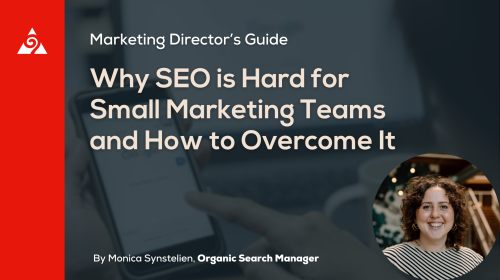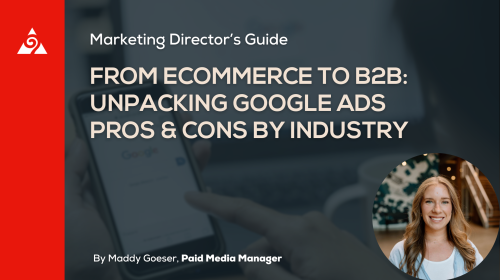Since I was a kid, I’ve been very intrigued by other languages, especially Spanish. As I watched Dora, got signed up for Spanish summer school and began to meet people from different backgrounds, I knew that I wanted to become fluent. I eventually decided to major in both Marketing and Spanish during college and hoped that I would someday find a career where I could utilize both skills. Don’t get me wrong, I was ecstatic when I found out that I got a job in Digital Marketing. I just didn’t think I would have a chance to use my language skills.
Fast forward just a few months, and I found myself working with a client who was selling their product in Southern California. From a quick look at search terms, I noticed a great deal of them were in Spanish. Based on this initial discovery, there were two major ways to move forward with this.
- Simply switch the campaign settings to detect the user’s browser setting preferred language. This would keep everything in the campaign (keywords, ad copy, etc) the same but would be able to catch searches from anyone with their browser language set to English or Spanish. This can be a quick fix for anyone advertising in a multilingual location.
- Create a new campaign using new Spanish keywords, ad copy, negative keywords and more. This would require new keyword research, especially since colloquial language can vary from country to country, even city to city.
While option 1 would be much easier & quicker, we decided to go with option 2 which we knew would have a greater effect on our success. With the help of my college BFF WordReference, Google Trends and a bunch of other handy tools (such as Google Keyword Planner, SpanishDict, and our own internal processes) I translated the campaign completely.
I was thrilled to be able to use my skills, while also helping this client reach a whole new audience in the language of their choice.
With successful campaign translation, you can expect to:
-
- Reach a whole new group of people in a more meaningful way – in their native language
- Increase overall CTR – people are more likely to click on an ad that they understand
- Increase conversions, especially if your landing page is in the same language as your ad
- Lower CPCs (sometimes) – if your competitors are not bidding on keywords in this new language in your targeted location, you will have less competition which can lead to lower CPCs
A search campaign translation includes changes to:
-
- Ad groups
- Positive keywords
- Negative keywords
- Text ads
- Responsive search ads
- Sitelink extensions
- Callout extensions
- Browser language (include the translated language and any other popular languages in the area)
A few months later, another client asked about testing out new Spanish-speaking markets. With additional research, we decided that Brazil would be a good place to start. Now, Spanish is quite similar to Portuguese, but I did not have confidence that translating our ads to a language that “seems kind of similar” was a foolproof method. A lot could go wrong… if our translation was incorrect, we could appear that we don’t know what we’re doing, we could say something offensive by using a colloquial term incorrectly, the list goes on and on.
Fortunately, Google Ads recently released a new feature where they are able to translate whole campaigns to the language of your choice. While I wouldn’t usually implicitly trust the generic Google Translate, I have more faith in this tool because you are required to provide a company overview, your target audience and the goal of your campaign. With this extra context it would be less likely to provide an inaccurate translation. While I haven’t yet received the results from this campaign, it’s great to know that I have a tool like this to help me reach a greater audience in an increasingly diverse online search world.
- Marketing Director’s Guide to Maximizing Your Google Ads Budget - April 10, 2024
- From eCommerce to B2B: Unpacking Google Ads Pros & Cons by Industry - April 1, 2024
- A Quick Guide to Google Ads Conversion Tracking - April 6, 2022



